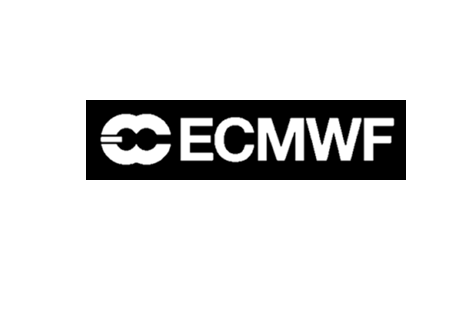
ECMWF Virtual Science and technology seminar on Aircraft data, Covid-19 and global weather forecasting will take place on Wednesday 20th January 2021.
For further details, please see the link below:

ECMWF Virtual Science and technology seminar on Aircraft data, Covid-19 and global weather forecasting will take place on Wednesday 20th January 2021.
For further details, please see the link below:
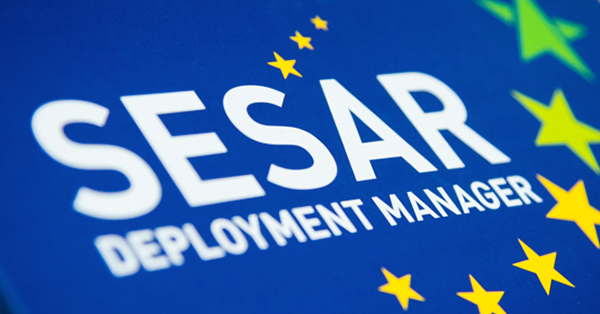
Free webinar on “New Pan-European Weather Information to Support Aviation” held on 29th October.
To register and for further information please click here

With its new update to iOS 14, Apple’s standard weather app now attributes EUMETNET and Meteoalarm as its source.
The app uses the Weather Channel, a company owned by IBM, whose weather systems use the Meteoalarm feeds.
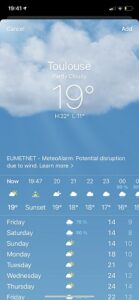

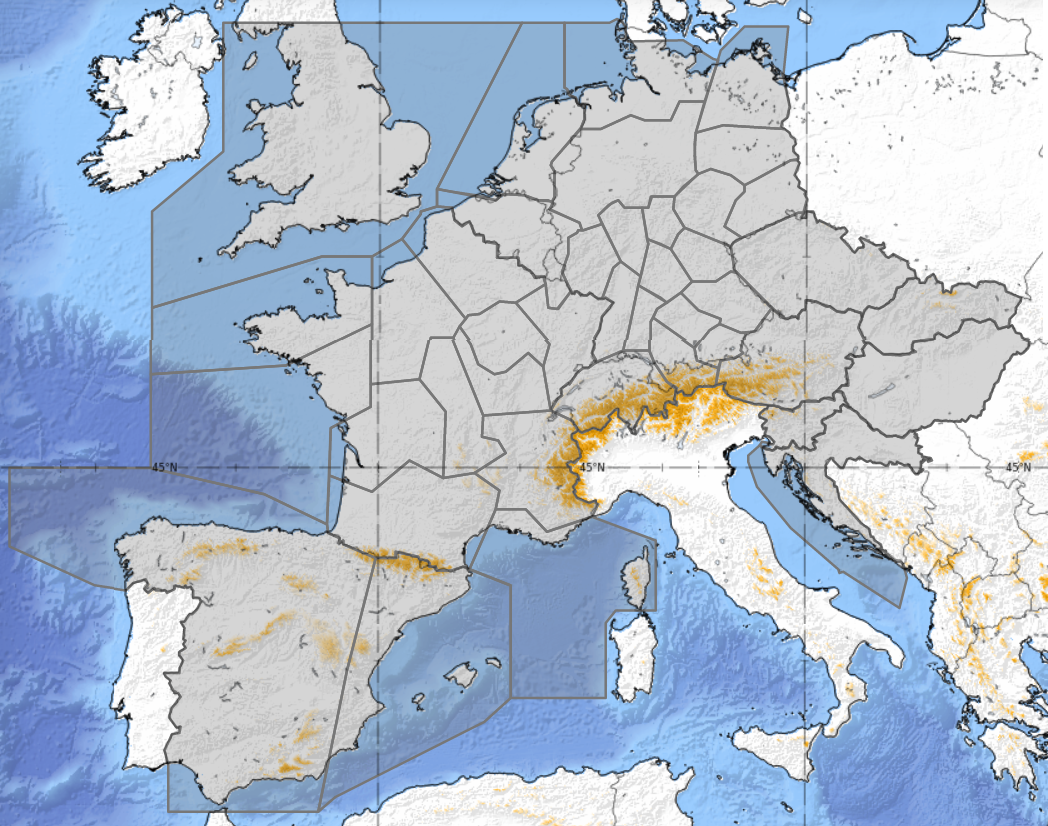
Once again, this year, Operational Meteorologists at 12 national MET Providers will be taking part in the European Cross Border Weather Advisory procedure for EUROCONTROL Network Manager. The EUMETNET members producing the daily forecast output provides clear, and internationally consistent, information regarding the severity and probability of convective weather across the forecast domain; which has expanded further for 2020 and encompasses some of the busiest routes and sectors in Europe.
The procedure’s primary goal aims to increase EUROCONTROL Network Manager’s (NM) and participating ANSP’s (Airspace Navigation Providers) awareness of potentially significant convection that could disrupt the European Aviation network within the next 12 to 36 hours to support operational decision makers’ effective and efficient management of the network. However, this year, the cross-border weather procedure will also play an important role in ensuring that the recovery from COVID-19 is as delay free as possible. Traditionally weather is one of the major causes of capacity reduction across wide areas of the aviation network, so a collaborative approach to weather management will be vital to ensure its impact is reduced as much as possible as air traffic begins to increase.
Cumulonimbus (CB) clouds are the main meteorological phenomena that this forecast focuses on, primarily as CB clouds can be used as a proxy for possible ‘weather avoidance’. Weather avoidance is the unplanned movement or deviation off the original flight plan requested at short notice by pilots as a result of ‘weather’ ahead. The reason that pilots would want to avoid these cloud types is due to the hazardous conditions associated within them (e.g. severe turbulence, downdraughts, icing and lightning). Multiple avoidance requests will lead to additional workload and complexity for air traffic controllers, who are then unable to safely handle the ‘normal’ amount of traffic, and capacity of the airspace is affected. This ultimately can lead to the implementation of decisions and measures to help mitigate against this by ANSPs.
The service this year has a delayed start of 1 June (due to COVID-19) and will run until to the end of September 2020.
Example of a forecast
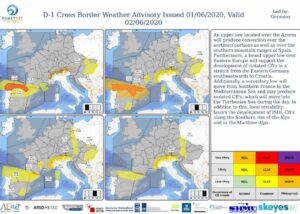
Forecast domain
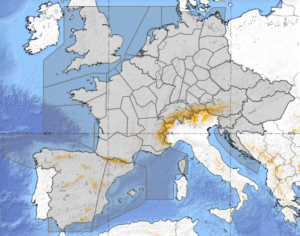
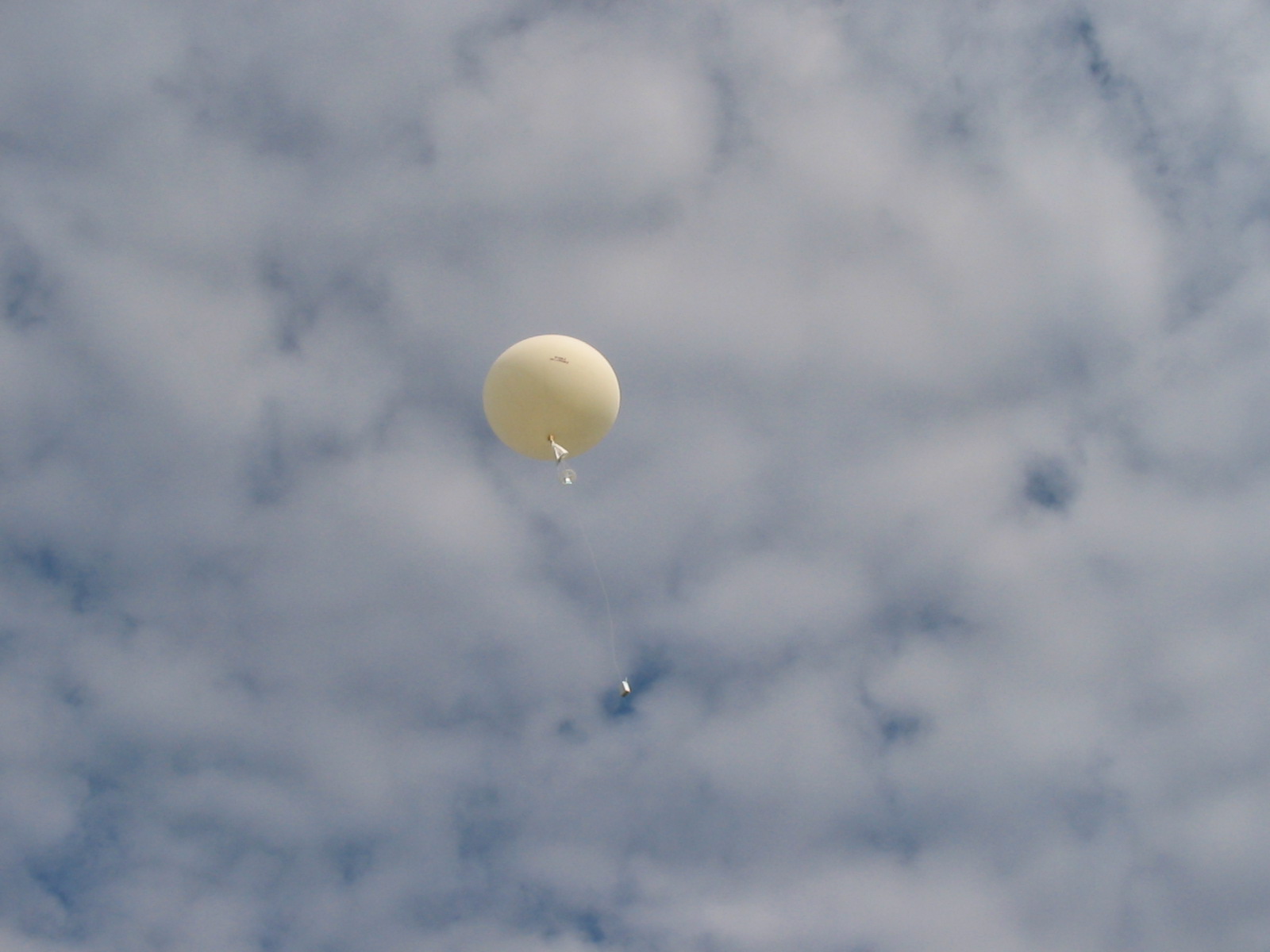
National Meteorological and Hydrological Services (NMHS) operate a number of in-situ observing systems in order to feed in-situ data into Numerical Weather Prediction systems. The data produced by what we call the European Composite Observing System (EUCOS) is also used for situational awareness of forecasters (e.g. warning/advisory production, aviation) and climate applications.
EUMETNET’s Observation Programme coordinates EUCOS across all domains that span from research to operations. It also includes a comprehensive performance monitoring tool for the ground-based, shipborne or aircraft-based observing systems operated by the NMHS that form its membership.
The hardest hit by the COVID-19 situation are clearly aircraft-based observations. We have seen a severe drop (-78%) of what are known as AMDAR reports in which reliable and high-quality wind and temperature in-situ data from the atmosphere are produced. When well distributed spatially, AMDARs represent a significant contribution to numerical model performance. The number of AMDAR reports has plunged in proportion to the drop in the number of aircraft that are still flying.
Fig. 1 AMDAR data stats through May 4th 2020.
The COVID-19 situation has also created other shortcomings and increased the risk of other types of data gaps should the situation last. Although most ground-based weather stations or moored buoys are automatic, maintaining them requires engineering e.g. people that can travel on-site regularly and working calibration labs.
Drifting buoys have an average lifespan of 18 months but require people and ships to deploy them regularly. Some older generation ship-borne measuring systems require shipmates to operate them. If less of these ships are plying, less data is produced in the Atlantic and the data sparse Arctic.
Moreover, a lot of the data provided by in-situ systems requires several stages of quality control. If some can be automated, a lot requires manual intervention from staff that may not be able to telework with the same capacities as usual.
EUMETNET Members are coordinating efforts to mitigate some of these risks.
Responding to the reduction in aircraft data, EUMETNET is coordinating an enhanced programme of radiosonde launches across Europe. Many NMHS have agreed to increase the number of radio-soundings they make each day which has been widely appreciated by global NWP centres. Radiosondes provide very high-quality observations of temperature, wind and humidity as they ascend from the ground to an altitude that can exceed 35km (~115,000 feet). Although relatively few in number compared to the huge quantities of data obtained from meteorological satellites, they are highly complementary and continue to be one of the most valuable sources of weather data.
Another response thread consists of accelerating the expansion to a wider geographical area of a novel system initially funded by the EU’s SESAR programme. The system derives Air Traffic Management aircraft transponder data in order to calculate wind and temperature through ‘big data’ algorithms and bias corrections. Although few aircraft are flying, the volume of processed data is 2 orders of magnitude higher than the traditional AMDAR sensor data.
The sharing of such resources and implementing solutions is at the core of the cooperative spirit that must prevail when facing hard times.

The European aviation industry is highly susceptible to the impacts of weather. EUMETNET’s members are coordinating on a collaborative planning forecast for EUROCONTROL’s Network Manager to try and mitigate some of the impacts that convective weather can have on the European Network.
One of the challenges faced by air traffic controllers is that they only have awareness of air traffic in their state, there is no overarching network view of the traffic movements in Europe. The aim of Network Manager is to have a cross border view of the weather and air traffic flows and assist the air traffic organisation in the expanded domain to keep traffic moving, reducing delays and congestion.

ECMWF is organising a series of seminars given by international experts to explore aspects of the use of machine learning in weather prediction and climate studies. See below for further details:
Seminars to probe potential for machine learning in weather prediction

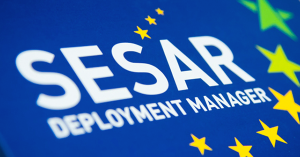
EUMETNET Members participate in four SESAR Deployment Implementation Projects and supports the SESAR Deployment Manager.
For further information see the press release and the statement delivered on Twitter: https://twitter.com/SESAR_DM/status/1143436112138002432
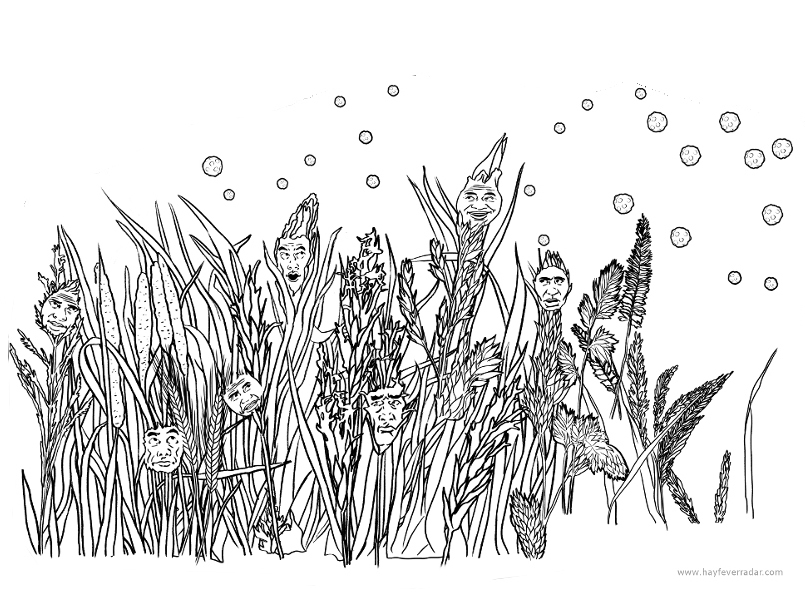
The hayfever radar website has an interesting and explanatory article about the process of automatic pollen counting.
It links back to our Autopollen Programme.
